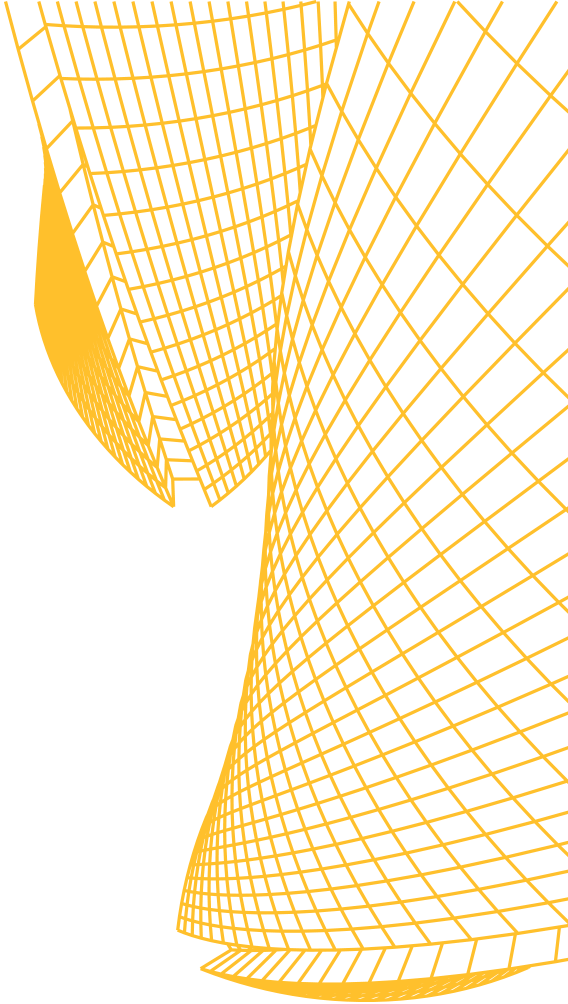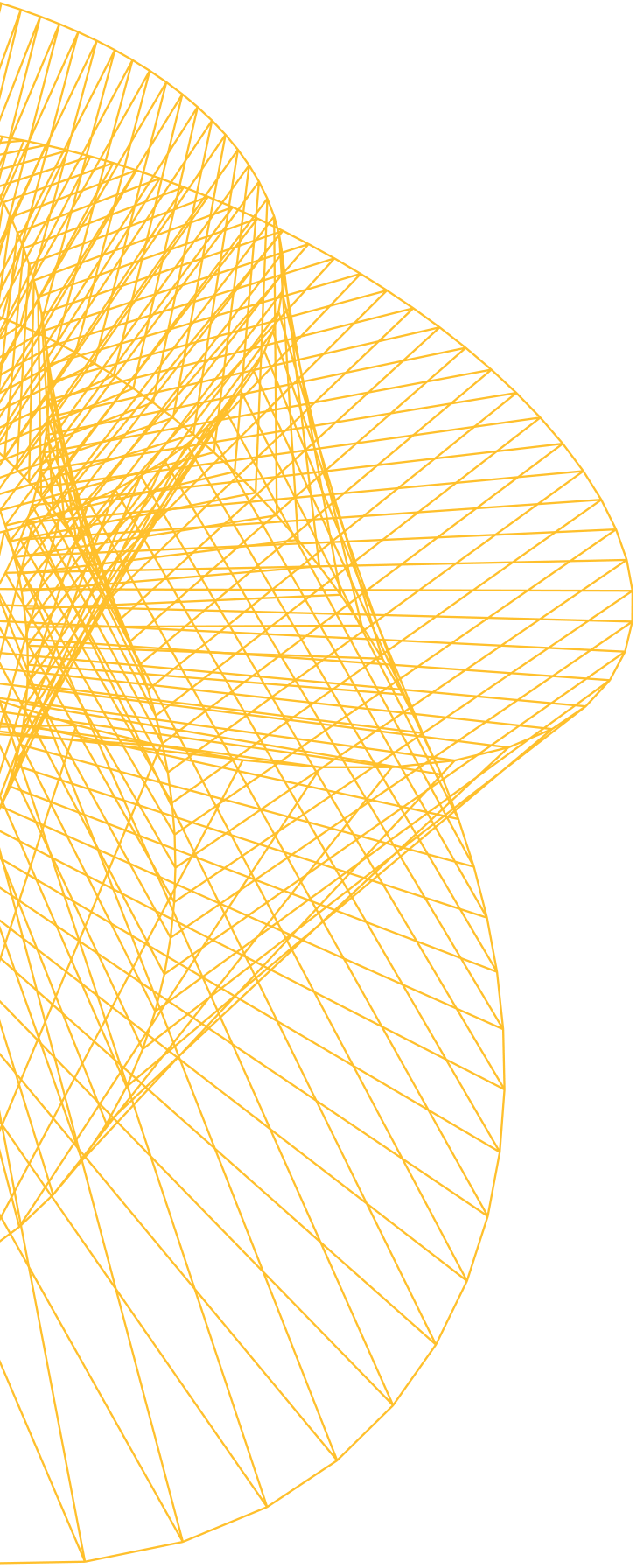Metal
PrintCity is home to the Metal X printer, which is capable of printing high-resolution metal parts. The printer uses 17-2PH Stainless Steel, H13 Tool Steel, Inconel 625 and Copper.
The Metal X printer employs the Fused Filament Fabrication (FFF) process to extrude metal particles suspended in a ‘holding’ filament. The printed part is then sintered in a kiln to produce high strength useable metal parts.
Parts produced are typically 80 to 90 percent cheaper to produce than parts manufactured using traditional methods.
1 x Markforged Metal X [300x220x180]
Get in touch
If you're interested in working with us, or have questions about studying with us please get in contact.

Our Equipment

